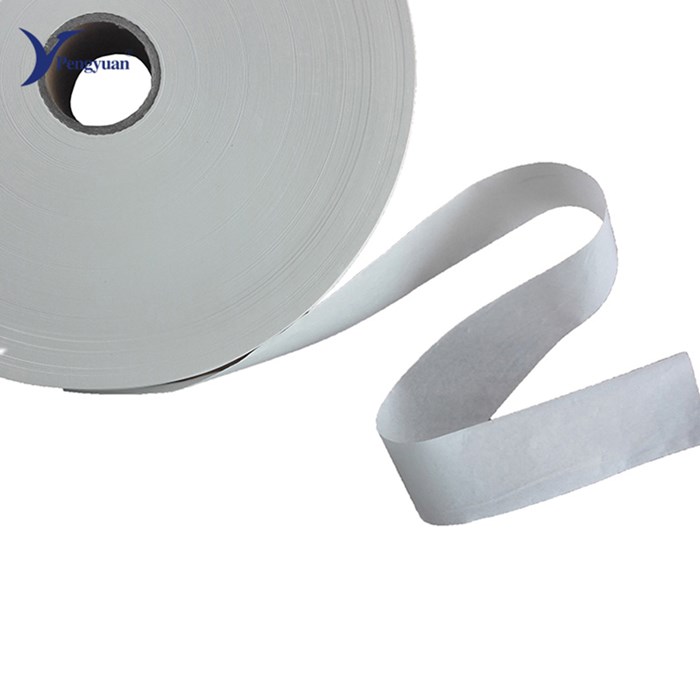Pasting paper, also known as adhesive paper or mounting paper, is a versatile material used in various industries, from arts and crafts to construction and packaging. It provides a convenient way to bond surfaces without the mess of liquid glue, offering a clean and efficient alternative.
In this comprehensive guide, we will explore the different types of pasting paper, its common uses, and the benefits it offers over traditional adhesives. Whether you’re an artist, a DIY enthusiast, or a professional in manufacturing, understanding pasting paper can help you choose the best option for your needs.
What Is Pasting Paper?
Pasting paper is a type of paper coated with an adhesive on one or both sides. It can be pressure-sensitive (sticking when pressed) or require moisture or heat to activate the adhesive. Unlike liquid glue, pasting paper provides a neat, controlled, and residue-free bonding solution.
Key Features of Pasting Paper:
- Self-adhesive or activatable (water, heat, or pressure-based)
- Available in different thicknesses and strengths
- Can be permanent or removable
- Suitable for various materials (paper, cardboard, fabric, wood, etc.)
Types of Pasting Paper
Different projects require different types of pasting paper. Here are the most common varieties:
1. Self-Adhesive Pasting Paper
This type sticks immediately upon contact and does not require water or heat. It is commonly used for labels, stickers, and temporary bonding.
- Pros: Instant adhesion, no drying time, easy to use.
- Cons: May lose stickiness over time, not ideal for heavy-duty applications.
2. Water-Activated Pasting Paper (Gummed Paper)
This paper has a dry adhesive that activates when moistened. It is often used in packaging, bookbinding, and envelope sealing.
- Pros: Strong bond, eco-friendly (often made with natural gum), repositionable before drying.
- Cons: Requires water application, longer drying time.
3. Heat-Activated Pasting Paper
Used in industrial applications, this type bonds when heated. It is common in laminating, woodworking, and textile manufacturing.
- Pros: Extremely durable, resistant to moisture and heat.
- Cons: Requires a heat source, not suitable for home DIY projects.
4. Double-Sided Pasting Paper
This variant has adhesive on both sides, making it ideal for mounting photos, creating 3D art, and scrapbooking.
- Pros: Strong hold, no visible glue lines.
- Cons: Difficult to reposition once applied.
5. Repositionable Pasting Paper
Designed for temporary bonding, this type allows for adjustments without leaving residue. It is popular in crafting and office applications.
- Pros: Reusable, clean removal.
- Cons: Weaker bond compared to permanent adhesives.
Common Uses of Pasting Paper
Pasting paper has a wide range of applications across different fields:
1. Arts & Crafts
- Scrapbooking
- Collage making
- Photo mounting
- Origami and paper crafts
- Sealing boxes
- Labeling products
- Envelope flaps
- Bookbinding
- Magazine inserts
- Poster mounting
- Wallpaper installation
- Flooring underlayment
- Temporary surface protection
- Fabric appliqués
- Temporary hemming
- Costume design
2. Packaging & Shipping
3. Printing & Publishing
4. Construction & Interior Design
5. Textile & Fashion
Benefits of Using Pasting Paper
Why choose pasting paper over liquid glue or tape? Here are the key advantages:
1. Clean and Mess-Free Application
Unlike liquid glue, pasting paper does not drip, smear, or leave sticky residues.
2. Precision Bonding
It allows for exact placement, making it ideal for delicate projects like photo albums and paper art.
3. Time-Saving
No drying time is needed for self-adhesive variants, speeding up workflows.
4. Versatility
Works on multiple surfaces, including paper, plastic, metal, and fabric.
5. Eco-Friendly Options
Many pasting papers are acid-free, recyclable, and biodegradable, making them a sustainable choice.
6. Strong and Durable Hold
Depending on the type, pasting paper can provide permanent or removable bonds without weakening over time.
How to Choose the Right Pasting Paper
Selecting the best pasting paper depends on your project requirements. Consider the following factors:
1. Surface Material
- Paper/Cardboard: Water-activated or self-adhesive paper.
- Fabric: Heat-activated or specialty fabric adhesives.
- Plastic/Metal: High-tack adhesive films.
- Temporary projects: Repositionable pasting paper.
- Permanent bonds: Double-sided or heat-activated variants.
- Humid environments: Water-resistant adhesives.
- High-temperature areas: Heat-activated pasting paper.
- Beginners: Self-adhesive sheets.
- Professionals: Water- or heat-activated for stronger bonds.
2. Bond Strength Needed
3. Environmental Conditions
4. Ease of Use
Tips for Using Pasting Paper Effectively
To get the best results, follow these expert tips:
- Prepare the Surface – Ensure it is clean, dry, and free of dust.
- Test First – Try a small piece to check adhesion and compatibility.
- Apply Even Pressure – Use a roller or squeegee to avoid air bubbles.
- Store Properly – Keep in a cool, dry place to prevent premature drying.
- Use the Right Tools – Cutting mats, precision knives, and applicators improve accuracy.
Conclusion
Pasting paper is an essential tool for artists, manufacturers, and DIYers alike. With various types available—each suited for different applications—it offers a clean, efficient, and reliable alternative to traditional adhesives.
By understanding its uses, types, and benefits, you can select the best pasting paper for your projects and achieve professional-quality results every time. Whether you’re mounting artwork, sealing packages, or crafting, pasting paper simplifies the process while delivering a strong, lasting bond.
Post time: Jul-10-2025

